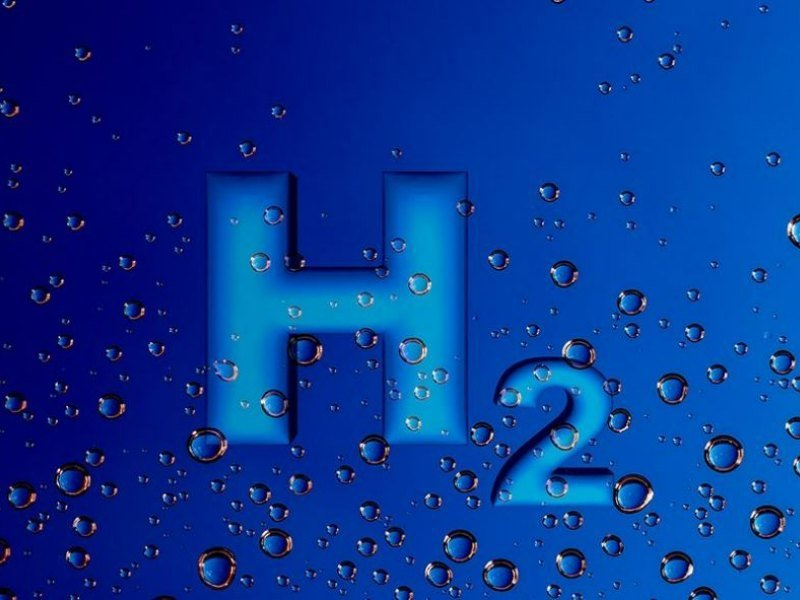Wollongong University spin-out Hysata has published research related to its hydrogen electrolyser technology that it claims provides a clear path to enabling hydrogen production costs of “well-below” $2 per kilogram.
The research paper, published on Wednesday in the top tier peer-reviewed scientific journal Nature Communications, confirms that Hysata’s ‘capillary-fed electrolysis cell’ can produce green hydrogen from water at 98 per cent cell energy efficiency, well above International Renewable Energy Agency’s (IRENA) 2050 target and significantly better than existing electrolyser technologies.

The company says its “ultra-high” efficiency electrolyser will make green hydrogen competitive years earlier than generally assumed, accelerating global decarbonisation.
The technology was invented by scientists at the University of Wollongong and is now being commercialised by Hysata with backing from IP Group and the Clean Energy Finance Corporation (CEFC).
Hysata chief executive officer Paul Barrett said the company is on a clear pathway to commercialise the technology – as the world’s most efficient electrolyser – and could reach gigawatt scale hydrogen production by 2025.
“The global momentum towards net zero is creating a massive opportunity for green hydrogen and electrolysers. Economics will ultimately determine which technologies win, and with our world-beating efficiency, Hysata is well placed to lead in this major new global market,” Mr Barrett said.
“Our technology will enable hydrogen production of below US$1.50/kg per kilogram by the mid-2020s, meeting Australian and global cost targets much earlier than generally expected. This is critical to making green hydrogen commercially viable and decarbonising hard-to-abate sectors,” he said.
Mr Barrett said Hysata was working to position Australia as a leading manufacturer and exporter of electrolysers, with plans underway to build a pilot electrolyser manufacturing plant that would employ dozens of new highly skilled specialists this year.
“Green hydrogen is forecast to be a trillion-dollar industry with the backbone of this industry being the electrolyser. Given the urgency to reach net zero, we are gearing up to scale up as quickly as possible. The elegant design of our electrolyser is perfectly suited to mass production,” he said.
Hysata chief technology officer Gerry Swiegers said the overall design of the company’s electrolyser system was simpler than existing technologies.
Electrolysers have been around for 200 years, however the large amounts of renewable electricity required to produce green hydrogen and the overall cost of electrolysers today has prevented large-scale uptake of green hydrogen.
“Hysata’s overall electrolyser system has been designed for ease of manufacturing, scaling and installation, delivering 95 per cent overall system efficiency, equivalent to 41.5 kWh/kg, compared to 75 per cent or less for existing electrolyser technologies,” Mr Swiegers said. “For hydrogen producers, this will significantly reduce both the capital and operational costs to produce green hydrogen.”
“Hysata is proud to be at the forefront of this technology innovation and introducing an entirely new category of electrolyser that is as monumental as the shift from the internal combustion engine to electric motors,” he said.
Do you know more? Contact James Riley via Email.


Bingo! This has done it and along with Twiggy Forrest’s efforts we should become the Hydrogen Capital of the World. Well done again Wollongong University, you are really tops.
This may mean our transportation needs can be met to some extend with existing technology and upgrades without the need for complete retooling and mass replacement of machinery.
I’m typing this on St Patrick’s day and with this news it’s not only a great day for the Irish! Slainte!